Studying the forest
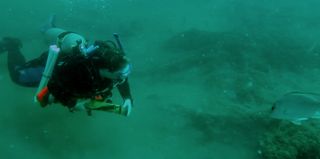
Dr. Kristine DeLong, a paleoclimatologist at Louisiana State University, swims over the Underwater Forest for the first time.
Taking samples
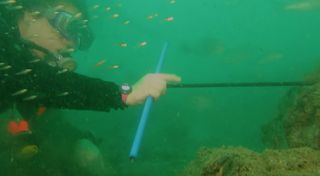
Dr. Kristine DeLong, a paleoclimatologist from Louisiana State University, drills a coring machine into a stump to extract a sample of growth rings inside the tree.
Fresh wood
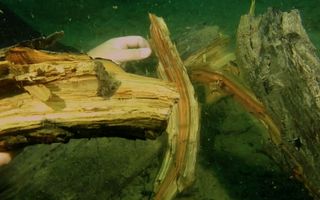
Fresh grain inside a piece of the Underwater Forest shows how well the wood is preserved. This wood is 60,000 years old.
Studying the forest
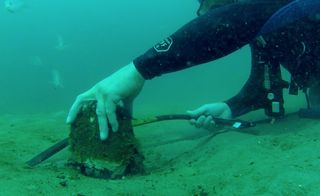
Red snapper watch as Dave Carlton, a member of the Underwater Forest dive crew, cuts a small alder stump with a bow saw.
Pristine condition
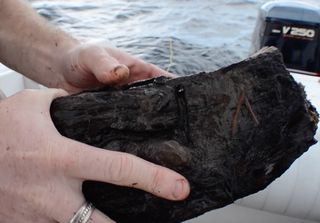
This piece of wood sports a gallery carved by a beetle 60,000 years ago. Look closely and you can see the bark is still present on this piece of cypress.
Perfectly preserved
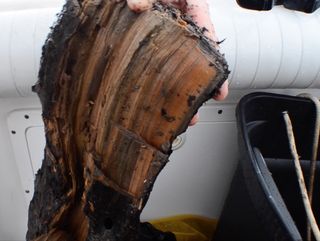
The tight grain of this piece of cypress shows that the tree grew in a colder, harsher world than the one we know today.
Huge stump
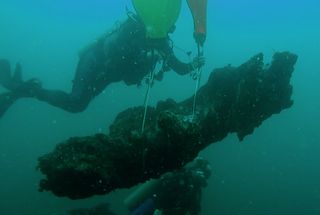
Divers float a log from the Underwater Forest to the surface for examination by scientists.
Sign up for the Live Science daily newsletter now
Get the world’s most fascinating discoveries delivered straight to your inbox.
Analyzing tree rings
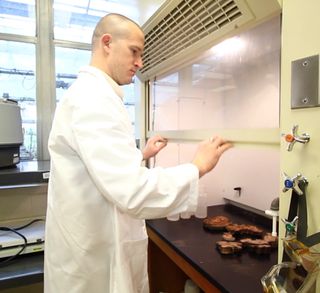
Dr. Grant Harley, a dendrochronologist at the University of Southern Mississippi, seals samples from the Underwater Forest in a fume hood to dry them out slowly. He dried them for a month to ensure the pieces did not crack.
Fresh wood
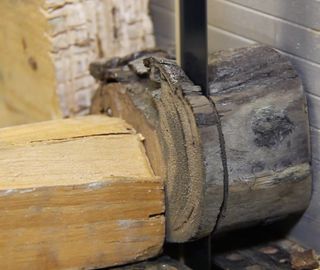
Cut with a band saw, wood from the Underwater Forest released a fresh resin smell when cut, and remants of sap leaked out, sap that was created 60,000 years ago.
Wood samples
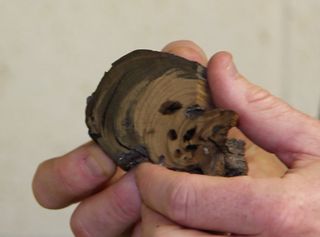

Tia is the managing editor and was previously a senior writer for Live Science. Her work has appeared in Scientific American, Wired.com and other outlets. She holds a master's degree in bioengineering from the University of Washington, a graduate certificate in science writing from UC Santa Cruz and a bachelor's degree in mechanical engineering from the University of Texas at Austin. Tia was part of a team at the Milwaukee Journal Sentinel that published the Empty Cradles series on preterm births, which won multiple awards, including the 2012 Casey Medal for Meritorious Journalism.











